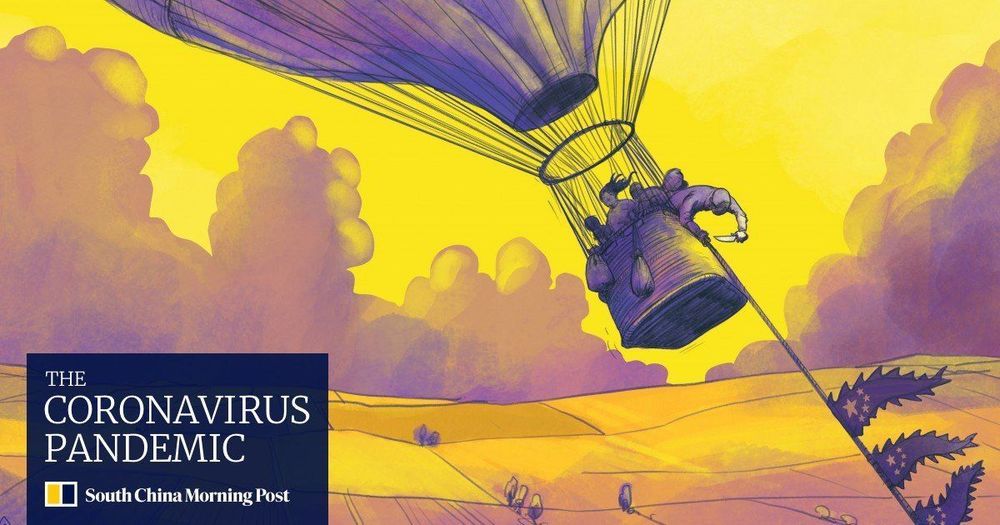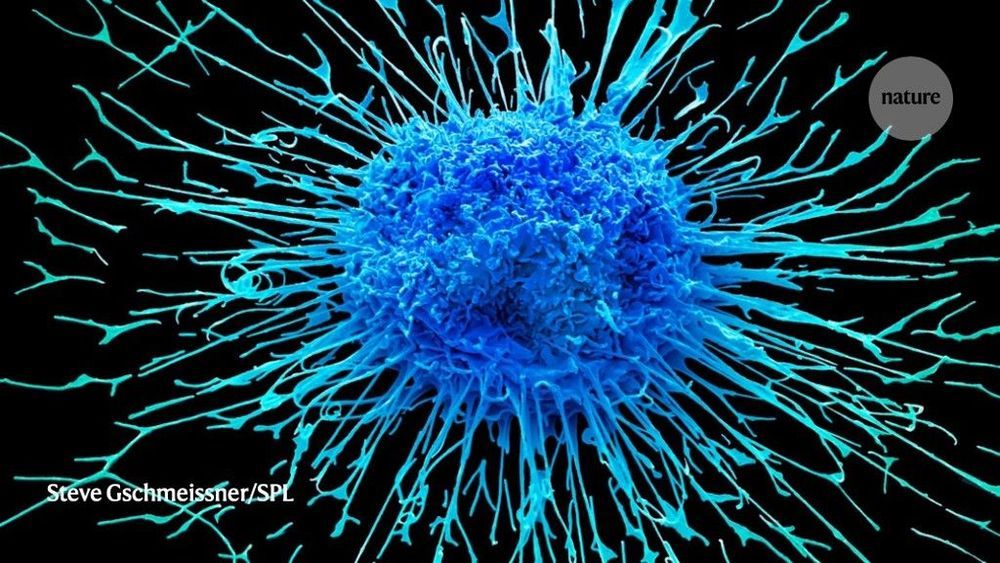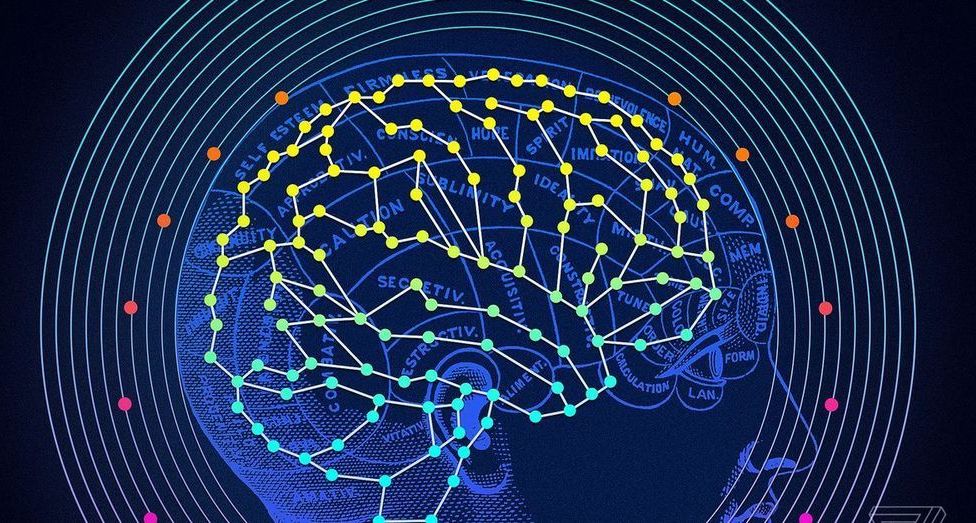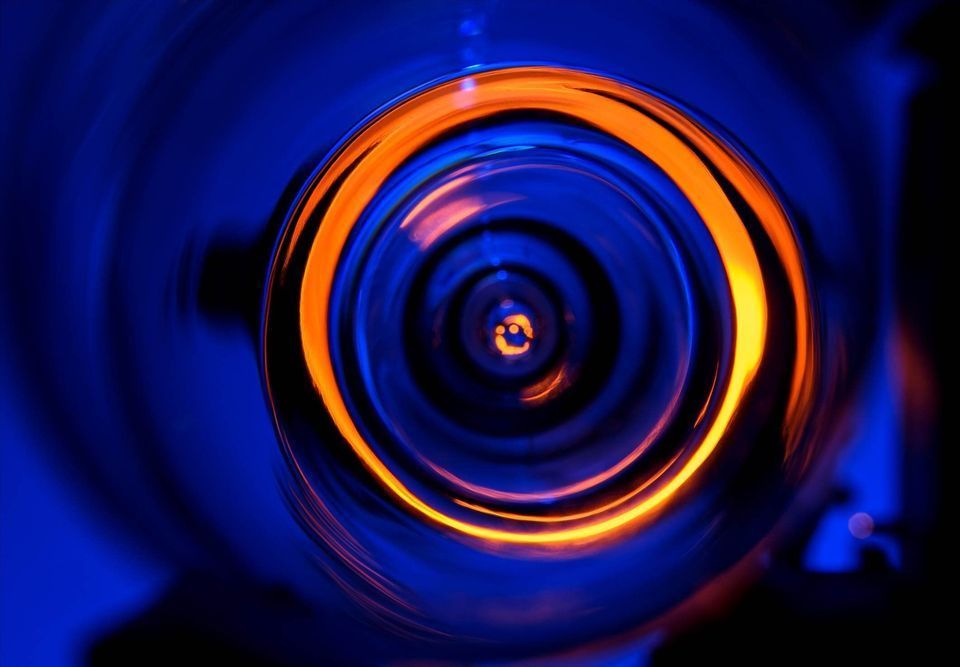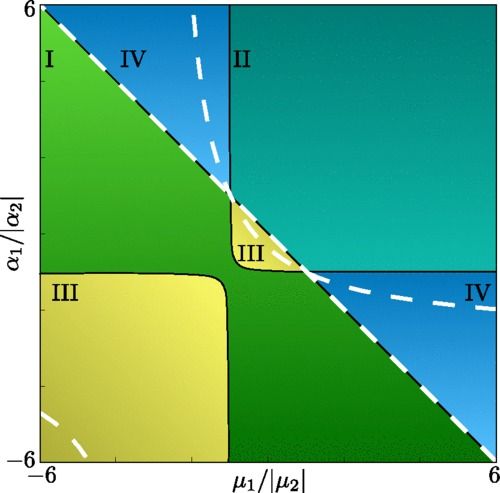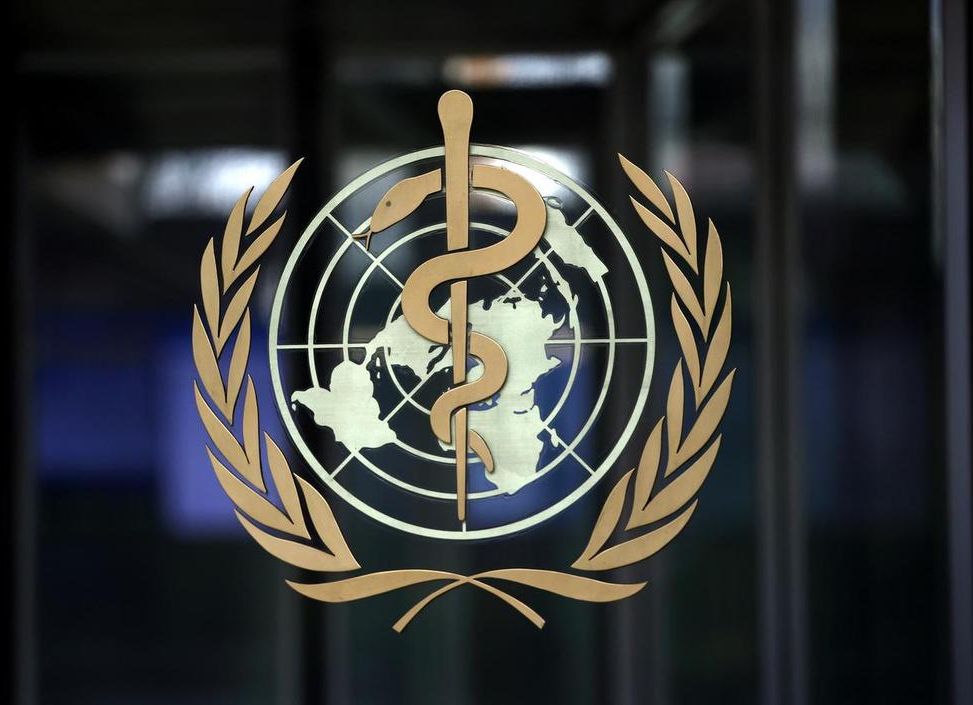This is the first in a series of five stories exploring the global backlash that China may face as a result of its actions and rhetoric during the coronavirus pandemic. The first story examines the push by foreign powers to bring home production of some goods, particularly vital medical equipment and medicines, due to an overreliance on China exposed by the pandemic.
The coronavirus has again highlighted an over-reliance on China, with the United States, Japan and the European Union drawing up separate plans to lure their companies away. Illustration: Adolfo Arranz.
